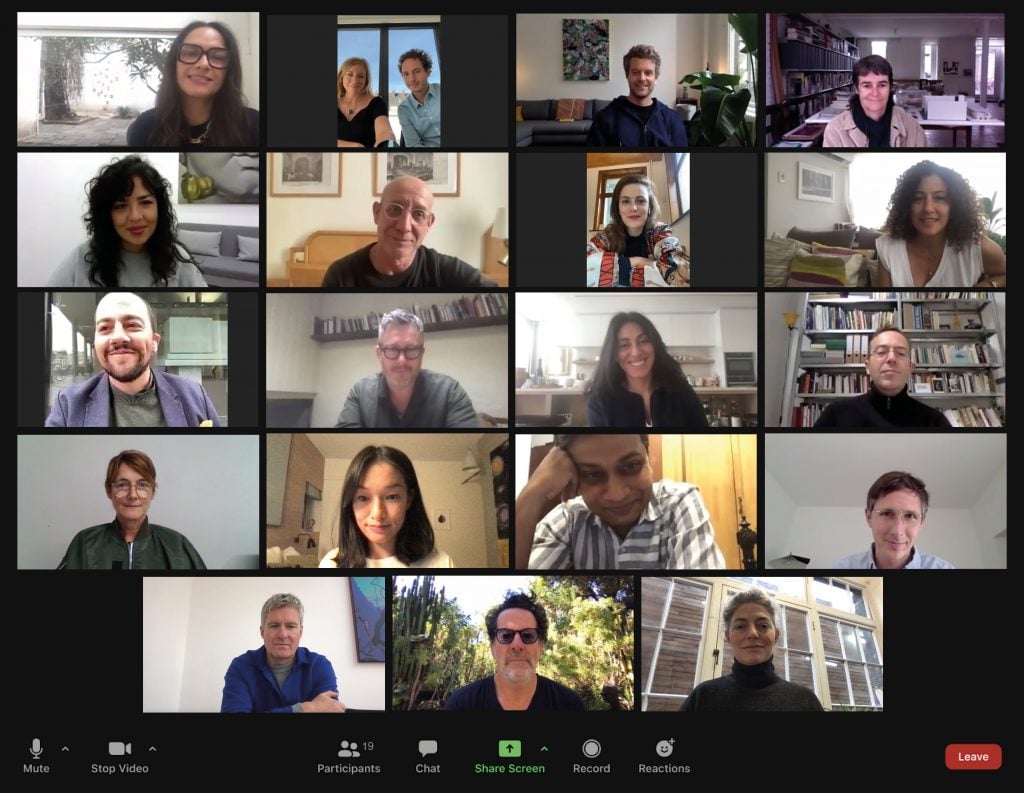Galleries
A New International Alliance for Galleries Has Drawn 163 Dealers to Help Shape the Future of the Struggling Sector
A non-profit, the International Galleries Alliance is equally owned and operated by its members.

A non-profit, the International Galleries Alliance is equally owned and operated by its members.

Taylor Dafoe

More than 100 galleries the world over have come together to form a new membership group.
The International Galleries Alliance (IGA), as the nascent non-profit collective is called, aims to unite dealers in the fight against the obstacles facing the industry: the demands of art fairs, the stratification of the gallery ecosystem, and the imperative to establish more sustainable business practices across the field.
“It’s a tool that works for us galleries to communicate among each other and to solve problems that touch our practice,” Pamela Echeverria, founder of Mexico City’s Labor gallery and an organizing member of IGA, told Artnet News. “It could be something as prosaic as ‘I hate using bubble wrap,’ or ‘How are we going to approach NFTs?’”
Notable other members of IGA include Tim Blum, Sadie Coles, Bridget Donahue, and Xavier Hufkens—names that, in a pyramid graph of art world influence, would appear near the top. But in the IGA, equality is king. The alliance is owned equally by its members, who pay an annual subscription of just $900 to participate; no one wields more power than anyone else.
The group, which now comprises 163 members, has a couple of projects in the works, including a weekly newsletter, a members-only forum, and the first of its biannual summit series, likely to come in November. On the horizon after that is the launch of a dedicated sales platform, one without consignment fees and where sales data—an increasing concern for dealers—is protected.
IGA’s origin story goes back to 2020, when a small band of house-bound gallerists, mostly London-based, began chatting on WhatsApp, according to the Financial Times. Soon came the realization so many other types of people came to at that time—that the digital platforms which had become so newly prominent could have some use even beyond the immediate needs of the quarantine era.
Now, the alliance meets regularly on Zoom, where dealers interface far more than they did IRL—even, say, when they shared back-to-back booths at Art Basel. “We were so stuck in this system, this crazy wave of art fair after art fair that, in the end, we never really met each other,” explained Echeverria. “We never really sat down and discussed anything as a group.”
There are, of course, precedents for this model, such as the New Art Dealers Alliance or the Society of London Art Dealers. But both of those collectives boast more localized footprints. With IGA, it’s the scope that’s novel. By design, members are dispersed all over the globe.
“Call it the ‘art world’ or the ‘art system’—it’s actually quite a difficult thing to describe and identify. Most of the actors in this system are very small and independent,” added Alix Dionot-Morani, co-founder of Galerie Crèvecoeur in Paris. “There was a lack of a common voice.”